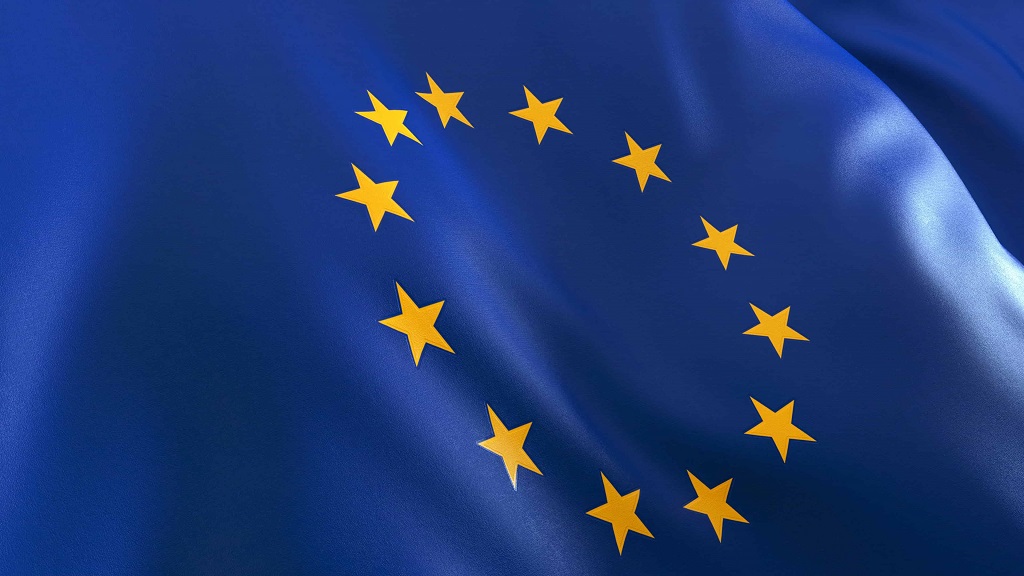The Value-Added Tax (VAT) system in the European Union is designed to simplify trade between EU member states while ensuring tax collection is consistent across borders. However, despite harmonization under the EU VAT Directive, different VAT rules and rates still apply in each EU country, making VAT compliance a crucial topic for businesses operating within the EU.
This article outlines how VAT is charged on cross-border transactions, highlights key differences between standard VAT rates and reduced VAT rates, and explains when VAT exemption applies.
How VAT Works Within the European Union
When goods or services are sold between EU countries, VAT must be handled according to EU legislation. The general rule is:
- B2B sales (business-to-business): VAT is not charged if the buyer is VAT-registered in another EU country. Instead, the buyer accounts for VAT via the reverse charge mechanism.
- B2C sales (business-to-consumer): VAT is charged based on the VAT rate of the country where the buyer is located.
To qualify for VAT exemption, the customer must have a valid EU VAT number, and proof of cross-border delivery must be maintained.
You can validate the VIES VAT number on the official European Commission website: https://ec.europa.eu/taxation_customs/vies/#/vat-validation
VAT Rates in the EU: Comparison Table
Though VAT in the EU is regulated by a common framework, rates apply differently across EU member states. Below is a comparison of standard and reduced VAT rates in selected countries:
| Country | Standard VAT Rate | Reduced VAT Rate(s) | Super-Reduced Rate | Notes |
| Poland | 23% | 8%, 5% | — | Applies reduced rates to food, books, transport |
| Germany | 19% | 7% | — | Supermarkets and cultural services at 7% |
| France | 20% | 10%, 5.5%, 2.1% | 2.1% | One of few countries with super-reduced rate |
| Netherlands | 21% | 9% | — | 9% applies to groceries, medicines |
| Spain | 21% | 10%, 4% | 4% | Pharmaceuticals and books are super-reduced |
| Luxembourg | 16% | 13%, 8%, 3% | 3% | Lowest standard VAT rate in the EU |
| Hungary | 27% | 18%, 5% | — | Highest standard VAT rate in Europe |
Note: These rates are current as of 2025. Changes may occur based on domestic tax legislation or updates to Annex III of the VAT Directive.
When to Charge VAT Between EU Countries
You generally need to charge VAT if:
- You sell to private individuals in the EU
- Your customer is not registered for VAT in another EU country
You may not need to charge VAT if:
- The sale qualifies for the intra-community supply exemption
- The customer is registered for VAT and located outside the EU
- The goods are exported outside the EU VAT area
Understanding when to charge VAT at the rate applicable in the buyer’s country is critical to avoid compliance issues.
VAT Exemptions and Special Rates
According to EU VAT rules, some goods and services may be exempt from VAT entirely. This includes:
- Educational and health services
- Certain financial services
- Intra-EU business sales (with valid VAT numbers)
Some EU countries also apply two reduced rates or even a super-reduced rate, mainly for basic necessities like food, books, and medicines.
Conclusion
The VAT system in the EU aims for consistency, but the reality is that VAT rules and rates still differ between EU countries. Businesses must understand how value-added tax is applied when buying or selling goods from another EU country, to ensure full VAT compliance.
Whether you’re exporting goods within the EU VAT area, handling VAT returns, or checking VAT exemptions, staying informed on tax rules across Europe is essential for proper VAT collection and avoiding fines.
For tailored support on EU VAT compliance, feel free to contact the experts at PolishTax.com.

